Sometimes, city life feels like a pressure cooker with no release valve—the constant notifications, traffic sounds, and artificial lighting create a sensory overload that leaves you craving something real. Nature offers the perfect antidote to digital fatigue, yet finding truly restorative green spaces requires looking beyond crowded national parks and tourist hotspots.
These lush destinations provide the kind of deep natural immersion that actually resets your nervous system. The key lies in choosing places where nature still calls the shots. Here’s a list of 16 lush locations where you can experience a genuine ‘nature reset.’
Olympic National Park – Washington, USA
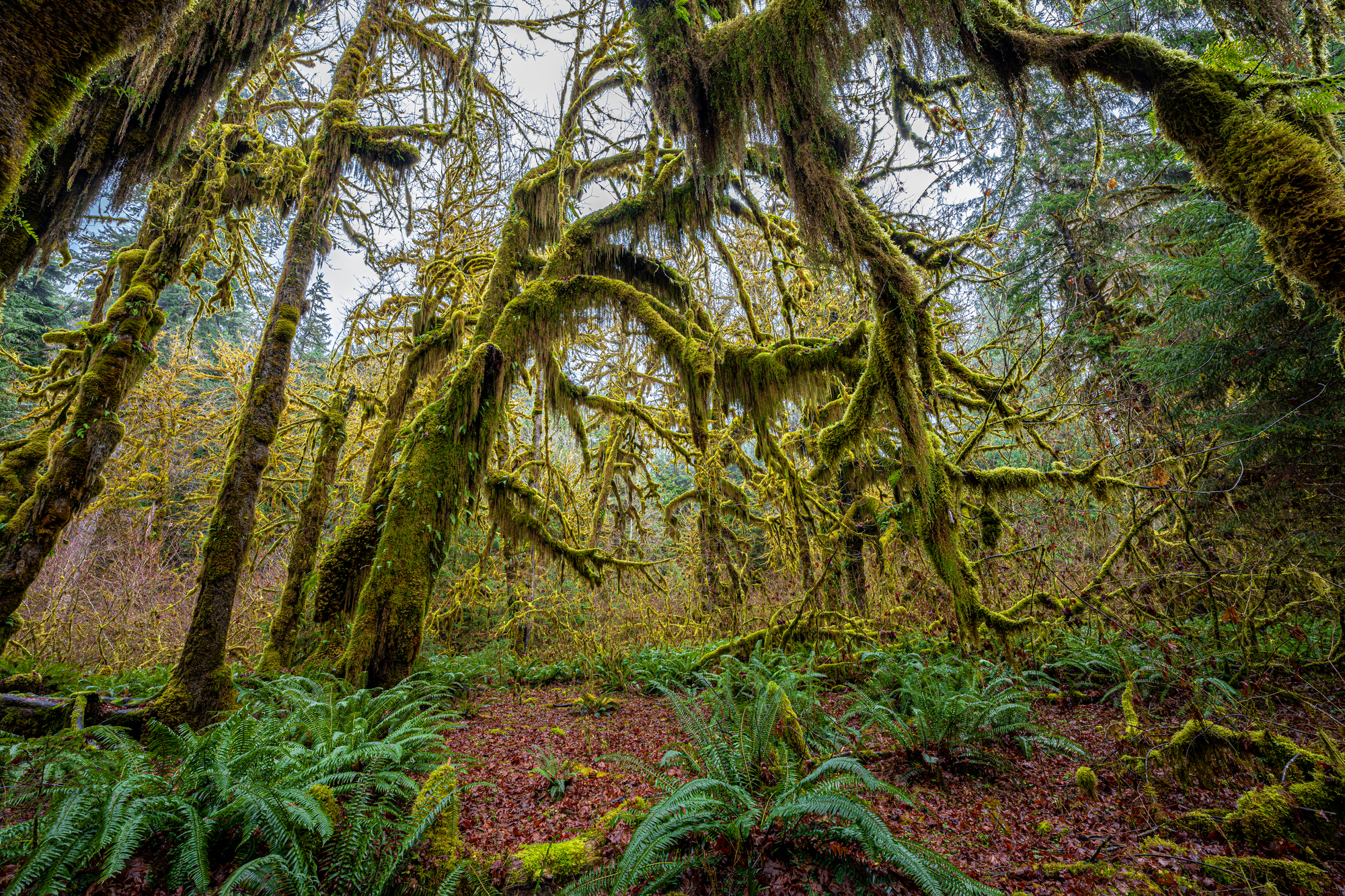
Three distinct ecosystems converge in this Pacific Northwest wonderland—temperate rainforests, rugged coastlines, and alpine meadows that seem designed specifically for stressed-out humans. The Hoh Rainforest wraps visitors in cathedral-like quiet where 300-foot-tall Sitka spruces filter sunlight into gentle green columns.
You’ll find yourself breathing deeper within minutes of entering this moss-draped sanctuary that receives over 140 inches of rain annually.
Jiuzhaigou Valley – Sichuan, China
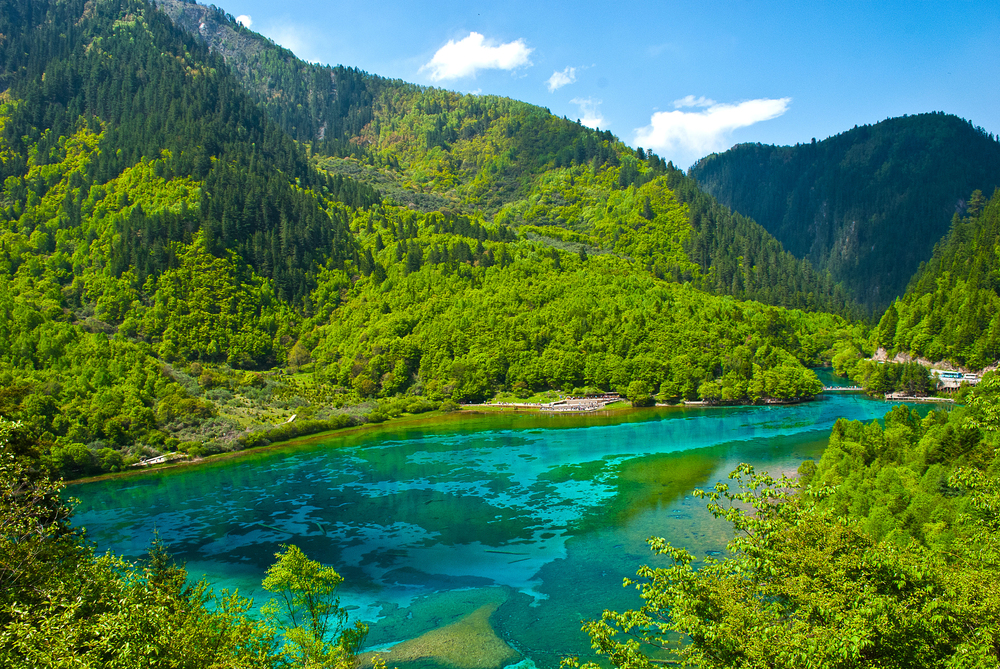
Tibetan legend claims celestial beings dropped their mirrors here, creating the impossibly blue lakes that dot this UNESCO World Heritage valley. Turquoise pools reflect snow-capped peaks while ancient forests burst with colors that seem too vivid for reality—particularly during autumn when maple and birch trees explode in brilliant reds and golds.
The valley’s network of wooden walkways allows quiet contemplation without disturbing the pristine ecosystem that supports giant pandas and golden snub-nosed monkeys.
Daintree Rainforest – Queensland, Australia
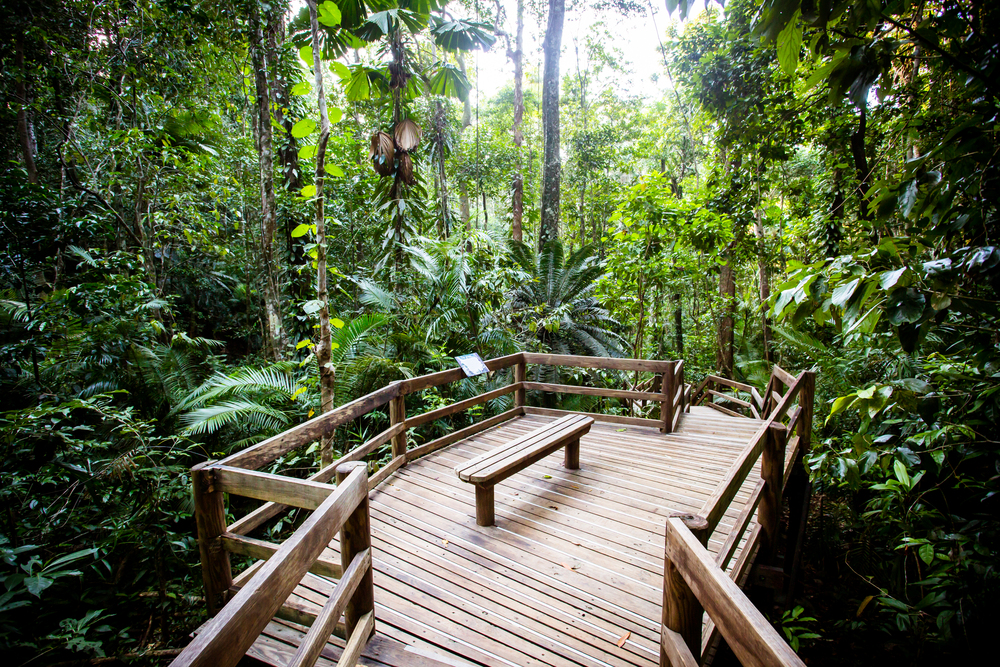
This 180-million-year-old ecosystem predates the Amazon by millions of years, creating a living laboratory where prehistoric plants still thrive alongside modern species. Ancient ferns unfurl like green umbrellas while cassowaries—flightless birds that look like living dinosaurs—patrol forest paths with regal indifference.
The canopy walk at Cape Tribulation offers spectacular views where the rainforest meets the reef, though the real magic happens at ground level among buttress roots and strangler figs.
Like Travel Pug’s content? Follow us on MSN.
Faroe Islands – Denmark
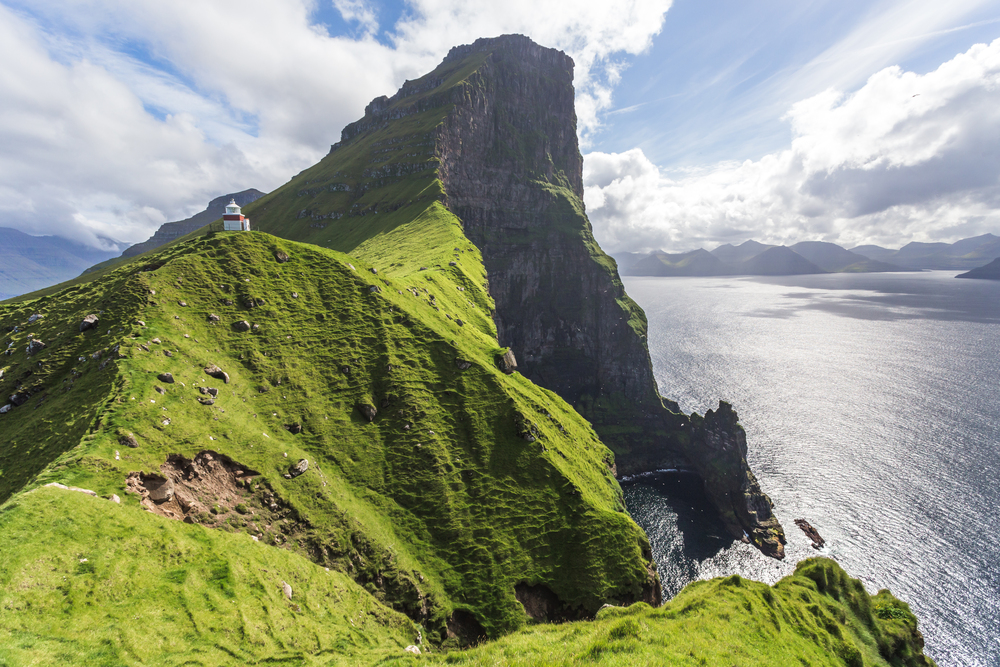
Eighteen emerald islands rise from the North Atlantic like forgotten fragments of Middle-earth, where sheep outnumber humans and waterfalls plunge directly into the ocean. Grass-roof houses blend seamlessly into hillsides covered in wildflowers during brief summer months, while dramatic cliffs provide nesting sites for thousands of puffins.
The absence of trees creates an otherworldly landscape where every vista looks like a fantasy novel cover coming to life.
Great Bear Rainforest – British Columbia, Canada

The world’s largest intact coastal temperate rainforest stretches along British Columbia’s central coast—a 25,000-square-mile wilderness where spirit bears roam among thousand-year-old cedars. First Nations communities have protected this ecosystem for millennia, maintaining traditional relationships with salmon runs and old-growth forests that support incredible biodiversity.
Kayaking through fjords surrounded by pristine wilderness provides the kind of silence that modern life has almost erased from human experience.
Socotra Island – Yemen

Isolation has turned this Arabian Sea island into a botanical wonderland where one-third of plant species exist nowhere else on Earth. Dragon’s blood trees dot the landscape like giant umbrellas while desert roses bloom in impossible shades of pink against barren rock formations.
Despite political challenges in mainland Yemen, the island remains relatively peaceful—offering adventurous travelers access to beaches and mountains that feel like visiting an alien planet.
Like Travel Pug’s content? Follow us on MSN.
Azores – Portugal
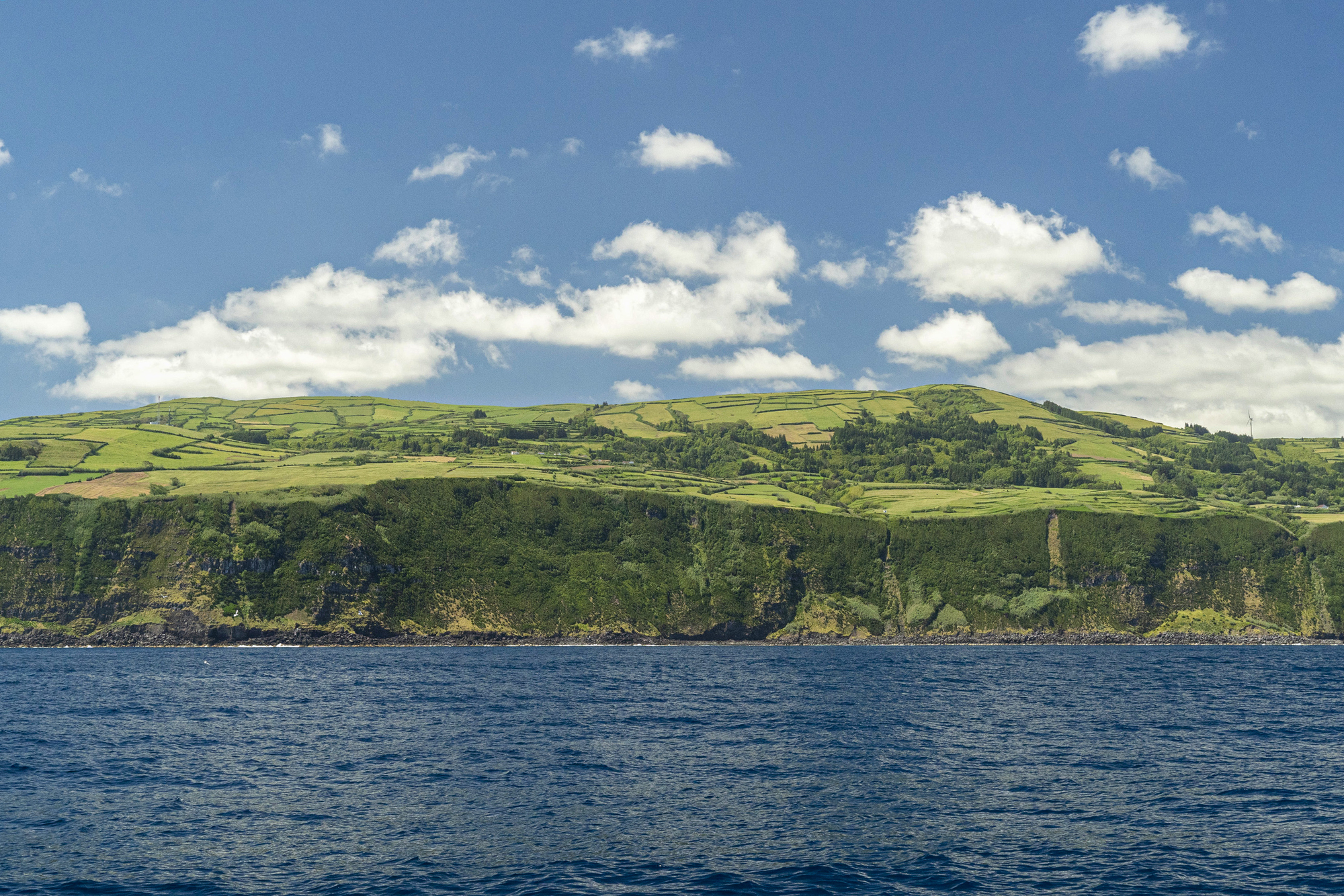
Nine volcanic islands scattered across the Atlantic Ocean offer natural hot springs, crater lakes, and forests so lush they seem enchanted. São Miguel’s Sete Cidades features twin lakes—one blue, one green—nestled inside ancient volcanic craters surrounded by hydrangea-lined country roads.
The archipelago’s unique position creates a subtropical microclimate where European and tropical plants thrive together in botanical harmony.
Redwood National and State Parks – California, USA
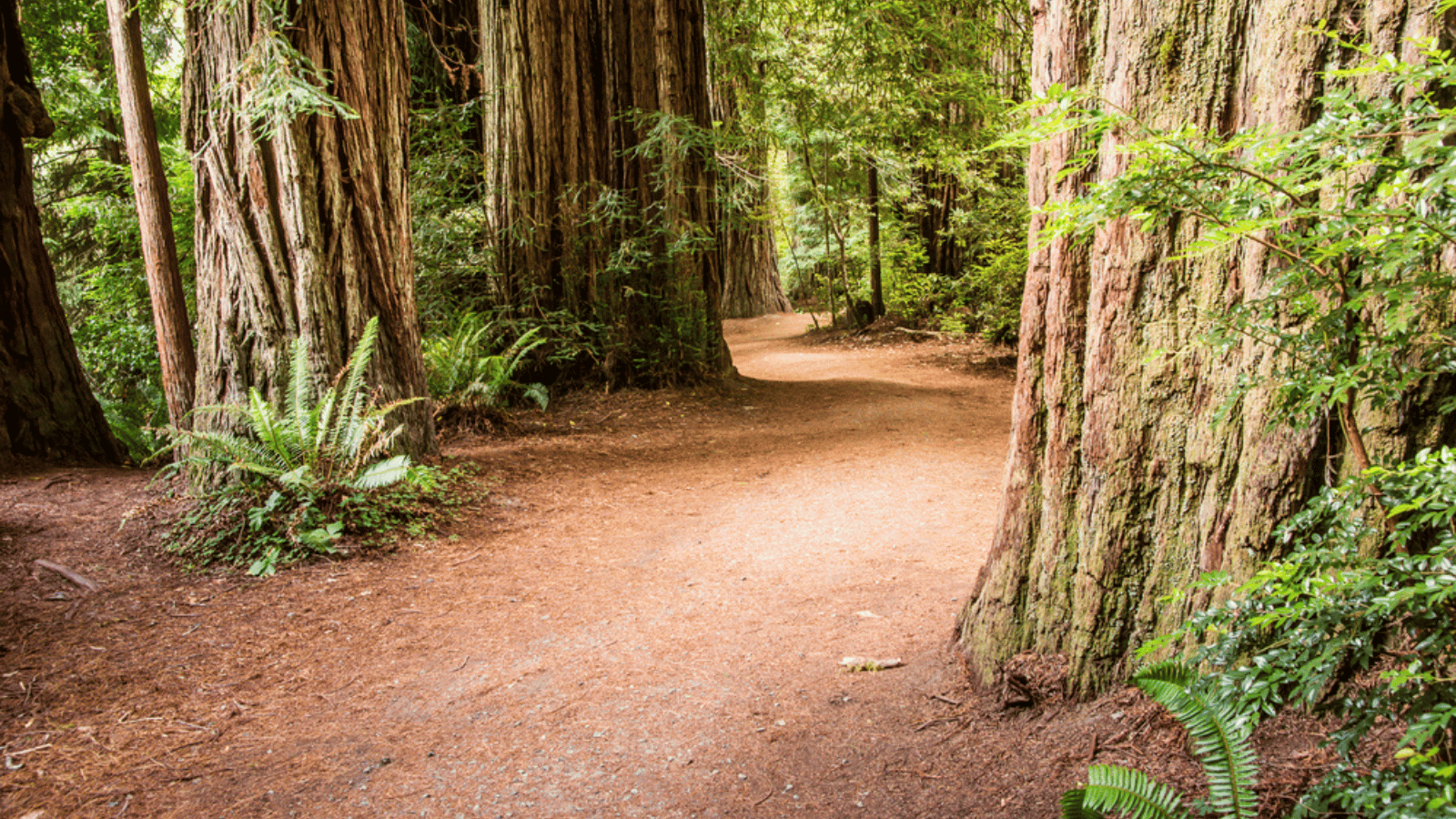
Walking among the world’s tallest trees creates an immediate shift in perspective—these ancient giants have witnessed the rise and fall of entire civilizations while reaching heights over 350 feet. Coastal fog provides essential moisture for the redwood ecosystem, creating cathedral-like groves where shafts of sunlight illuminate fern-covered forest floors.
The silence here feels profound, broken only by the occasional creak of massive trunks swaying in ocean breezes.
Yakushima Island – Japan
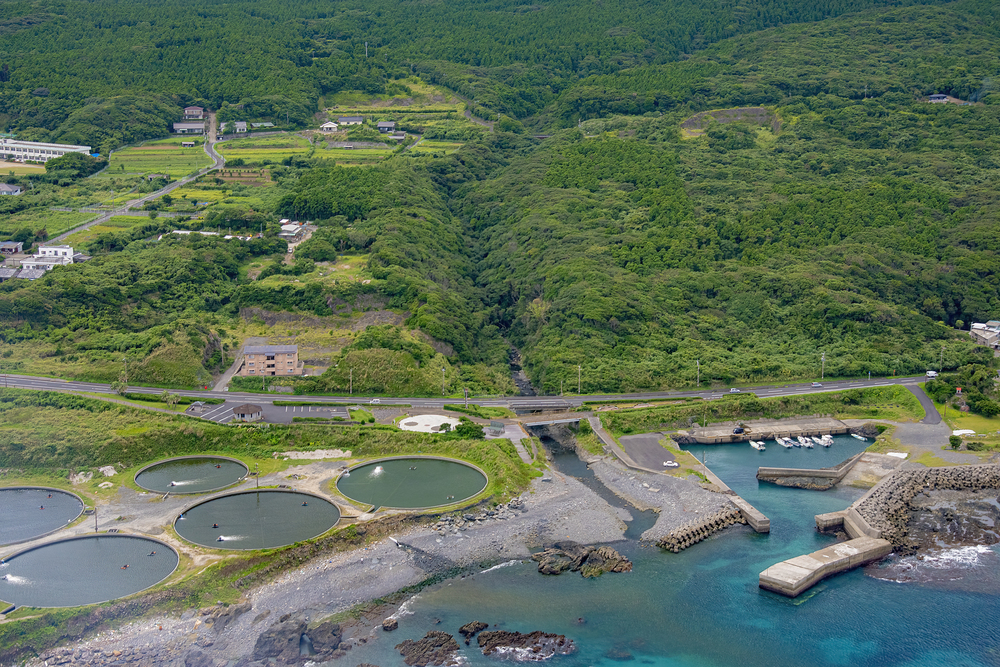
Yakushima Island – Japan
This subtropical island inspired the mystical forest scenes in Studio Ghibli’s ‘Princess Mononoke,’ where ancient cedars draped in emerald moss create an atmosphere of primordial magic. Some trees here are over 2,000 years old—they were already ancient when samurai culture emerged in medieval Japan.
Mountain trails wind through different climate zones, from subtropical beaches to alpine peaks, offering diverse ecosystems within a relatively compact area.
Like Travel Pug’s content? Follow us on MSN.
Madagascar’s Andasibe-Mantadia National Park – Madagascar

Lemur calls echo through misty montane forests where 90% of species exist nowhere else on Earth—evolution took unique paths after Madagascar separated from mainland Africa 160 million years ago. Indri lemurs produce haunting songs that carry for miles through the dense canopy while orchids bloom in impossible variety throughout the understory.
Early morning walks reveal a world where every plant and animal represents evolutionary experiments found nowhere else on the planet.
Taman Negara – Malaysia
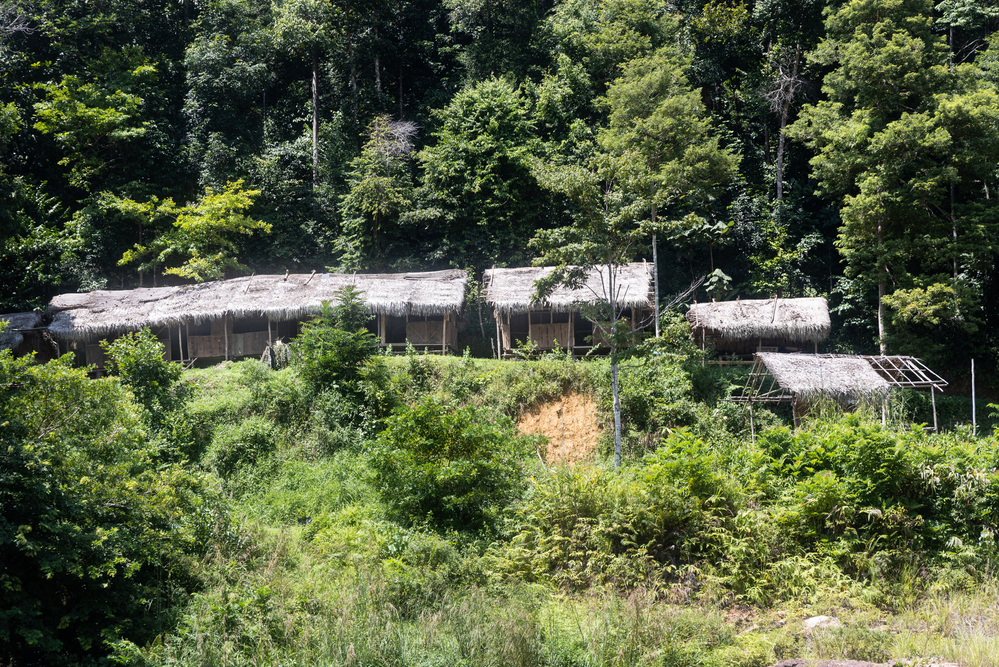
Malaysia’s oldest national park protects a 130-million-year-old rainforest where indigenous Orang Asli communities still practice traditional lifestyles alongside Asian elephants and Malayan tigers. The park’s canopy walkway system allows visitors to explore different forest levels while minimizing impact on sensitive ecosystems below.
Night sounds here create a symphony of insects, frogs, and nocturnal mammals that urban dwellers have never experienced.
Torres del Paine National Park – Chile
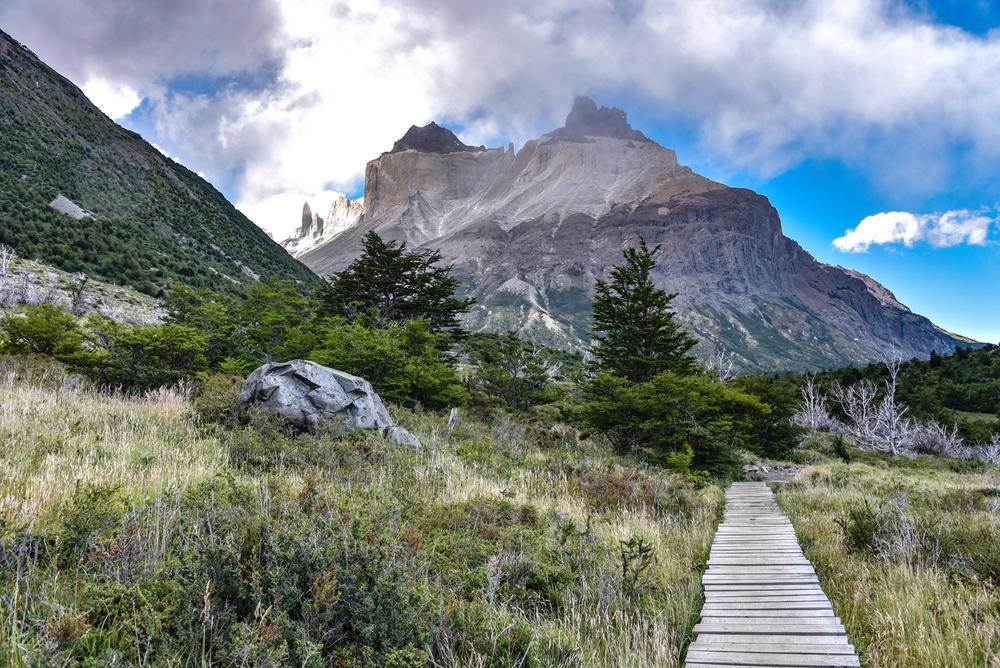
Patagonian wilderness stretches endlessly in every direction—granite spires pierce cloudy skies while turquoise lakes reflect snow-covered peaks and golden grasslands. Guanacos graze peacefully across vast steppes while condors ride thermal currents above jagged mountain ridges.
The park’s trail system allows multi-day treks through landscapes so dramatic they seem designed by fantasy artists rather than geological processes.
Like Travel Pug’s content? Follow us on MSN.
Plitvice Lakes National Park – Croatia

Sixteen terraced lakes connected by waterfalls and cascades create an aquatic staircase through dense Balkan forests where brown bears still roam freely. Wooden walkways wind through this water wonderland, allowing close encounters with travertine formations that have been building for thousands of years.
The park’s isolation during Yugoslavia’s turbulent period actually helped preserve ecosystems that have recovered dramatically since peace returned to the region.
Hallstatt-Dachstein Region – Austria
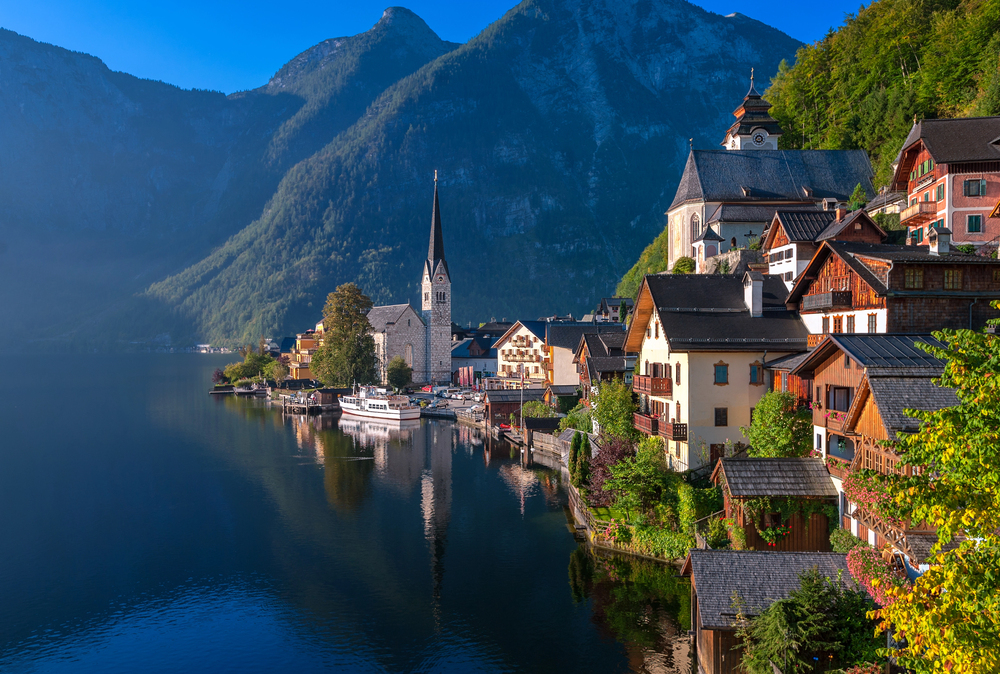
Alpine lakes mirror snow-capped peaks while ancient salt mines tunnel deep into mountain hearts that have sustained human communities for over 4,000 years. Traditional villages nestle between towering cliffs and pristine waters, creating scenes so picturesque they’ve inspired countless fairy tales and romantic paintings.
The region’s network of hiking trails connects mountain huts where visitors can experience traditional Austrian hospitality while surrounded by some of Europe’s most dramatic scenery.
Saguenay Fjord – Quebec, Canada

North America’s southernmost fjord cuts deep into Quebec’s boreal forest, creating a marine sanctuary where beluga whales swim beneath towering granite cliffs. Kayaking these protected waters offers encounters with seals, porpoises, and over 200 bird species while surrounded by wilderness that stretches unbroken to the Arctic Circle.
The fjord’s unique ecosystem supports both saltwater and freshwater species in the same body of water.
Like Travel Pug’s content? Follow us on MSN.
Lord Howe Island – Australia
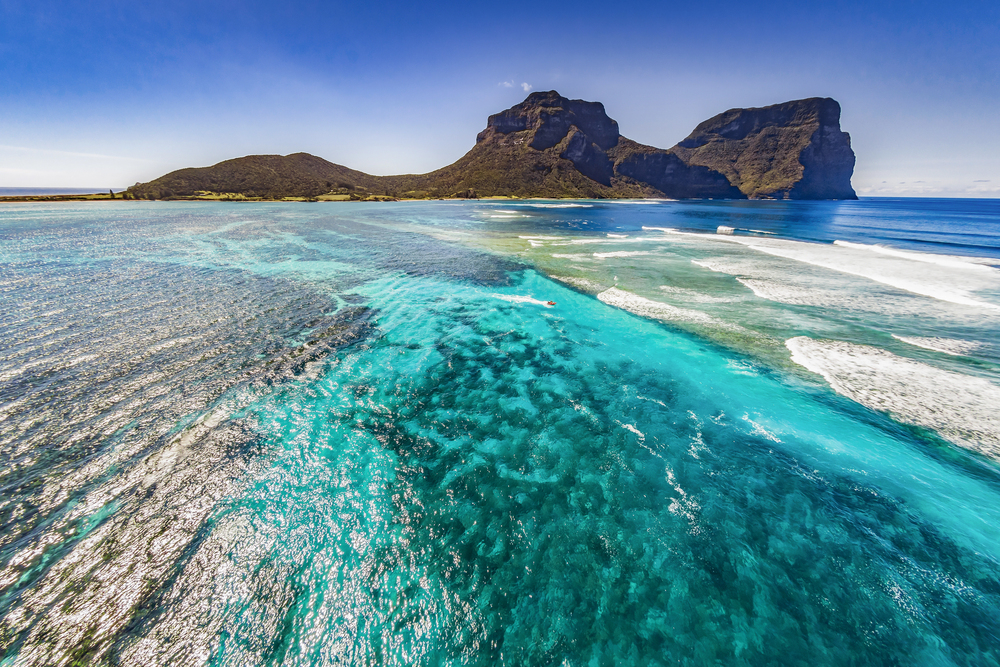
This UNESCO World Heritage island limits visitors to 400 at any time, preserving ecosystems that support species found nowhere else while maintaining the kind of tranquility that modern tourism often destroys. Coral reefs surround beaches accessible only on foot, while forested mountains hide rare birds that have evolved in isolation for millions of years.
The island’s commitment to sustainable tourism creates genuine opportunities for natural connection without the crowds that plague most tropical destinations.
Beyond Digital Detox
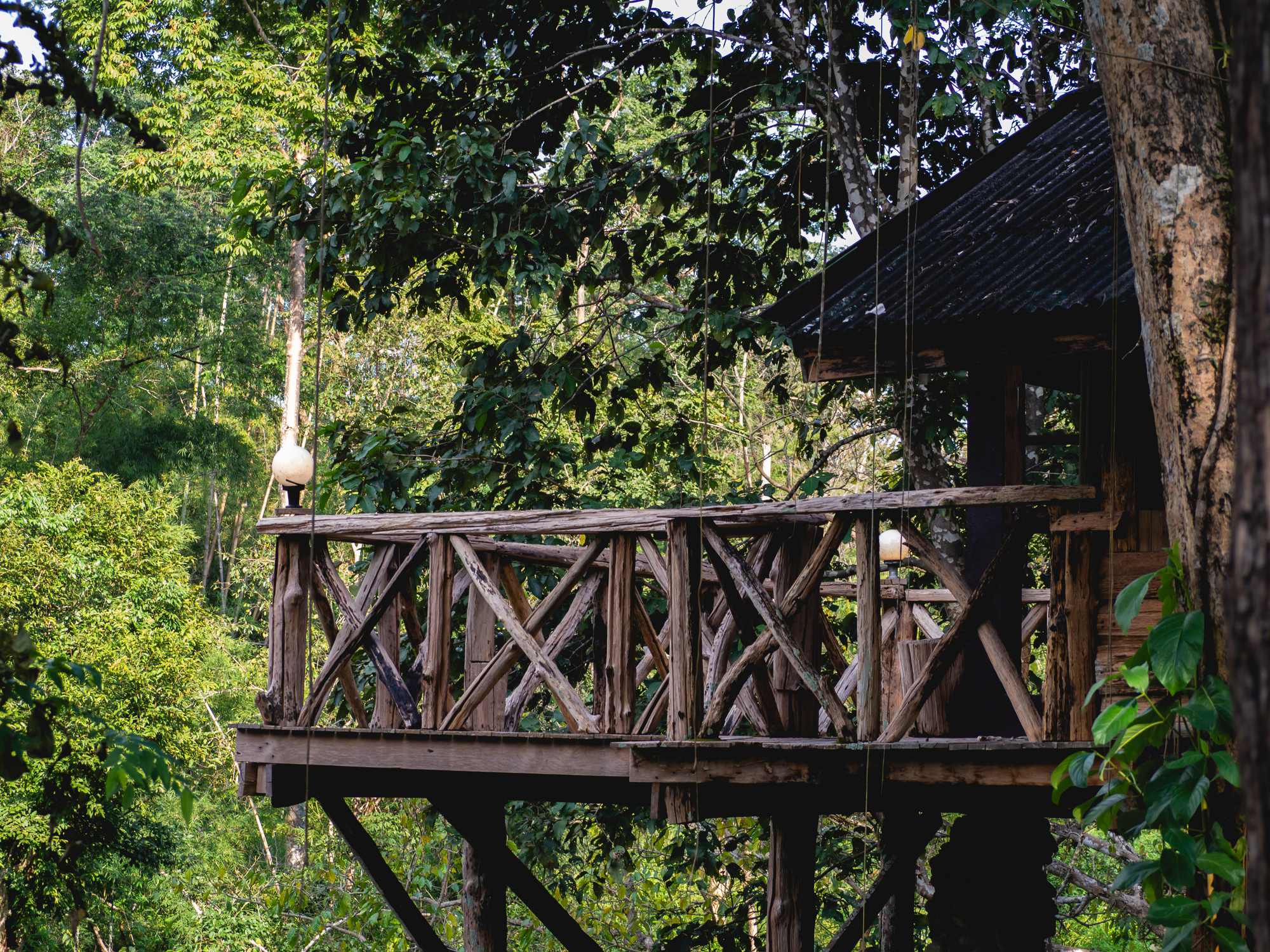
These remarkable destinations offer something far more valuable than a temporary escape from technology—they provide genuine reconnection with natural rhythms that humans have followed for millennia before urban life disconnected us from seasonal cycles and circadian patterns. Each location demonstrates how pristine ecosystems can restore psychological balance while revealing the incredible diversity of life that still thrives when given proper protection.
In our hyperconnected age, these lush sanctuaries remind us that the most profound healing often happens when we simply sit quietly among ancient trees or watch waves reshape shorelines according to tidal schedules that predate human civilization. The nature reset isn’t just about feeling better temporarily—it’s about remembering our place within larger ecological systems that continue operating with or without our participation.
More from Travel Pug

- 20 Best Beach Towns in the Carolinas
- 13 Destinations Where Tourists Regularly Regret Their Trip
- 20 Destinations That Are More Magical Without an Itinerary
- 20 Underrated Adventures That Belong on Your Travel List
- 20 Cities Where You Should Just Wing It, No Planning Required
Like Travel Pug’s content? Follow us on MSN.
